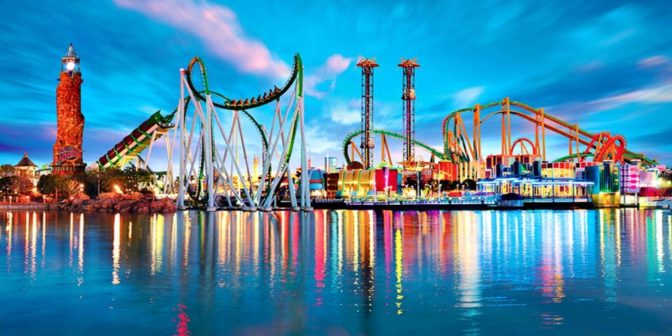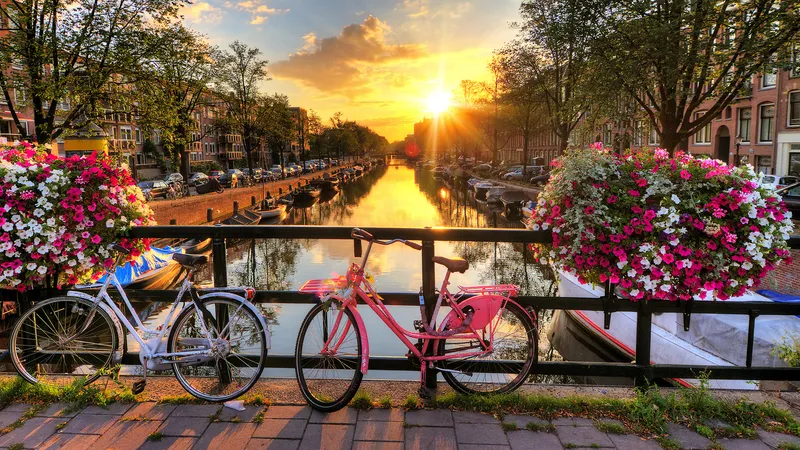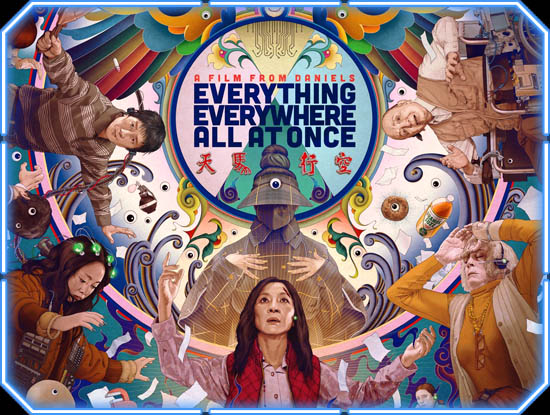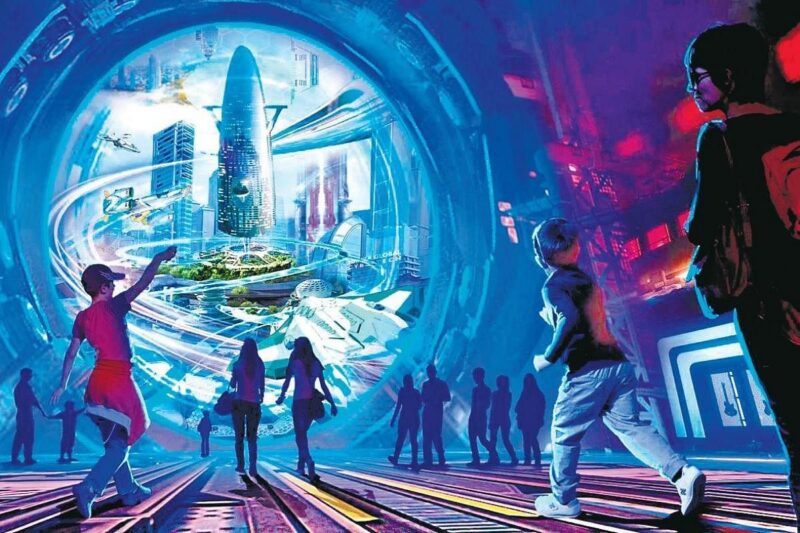Have you ever wondered where your favorite amusement parks started, or maybe how the idea of a theme park was conceived. Well it’s a pretty interesting and extensive history. Here we go!
Santa Land: America’s First Theme Park
Originally called Santa Fe, the town of Santa Claus, Indiana, selected its new name in the 1850s. The U.S. Post Office refused to grant the borough a post office because another town in Indiana had the same name, so the town’s residents selected the new name of Santa Claus.
As the only post office named Santa Claus in the country, the town began receiving thousands of letters from children writing their holiday messages to Santa. The postmaster, helped by local volunteers, worked to answer the enthusiastic letters from kids all over the country.
In the early 1940s, industrialist Louis J. Koch of Evansville, Indiana bought 260 acres of land to create an amusement park to leverage the town’s unique name. Santa Claus Land opened in 1946, offering a dreamy, Alpine village with a toy shop, rides designed just for children, and daily appearances from Santa himself.
Santa Land became the first true theme park in America. Jim Yellig portrayed St. Nick at the park for four decades, and the park has thrived from the 1950s until the present day. In the 1980s, the park added Halloween and the Fourth of July as additional holidays, then changed the park’s name to the more appropriate, Holiday World.
In 1993, the Koch family added a water park, Splashin’ Safari. Over the years, the park added several wooden roller coasters, and it continues to offer free sunscreen and soft drinks. The park added Thanksgiving as a theme in 2006. From Santa Land to Holiday World, the nation’s first theme park has entertained generations of Americans.
Disney
Since the 1920’s, Walt Disney has dazzled Americans with his beloved characters and innovative cartoons. The animator, voice actor, and film producer founded WED in 1951 with the clear objective to create a theme park that captured the magic of the Disney film experience.
For years, he visited many amusement parks around the country, conducting research and refining his vision. He obtained funding for the Disneyland project from the ABC network, and he agreed to produce a weekly television show that introduced his dream project to the Baby Boom generation and their parents.
The park opened with a flourish in 1955, and many Americans watched the grand opening on a record-breaking live broadcast. While the day presented some operational challenges (one ride stopped because of an electric overload, while a gas leak forced Fantasyland to close), the park drew one million visitors during the first ten weeks.
The park’s original financial model included an admission fee and separate ride tickets. The park soon moved to a semi-inclusive price of $2.50, allowing eight rides for one price. Most parks now follow the fully-inclusive price model, first introduced by the next big player in American theme park history, Six Flags.
Six Flags
On August 1, 1961, Six Flags over Texas, the creation of oilman and developer Angus Wynne Jr., opened in Arlington, Texas. Focused on the theme of Texas history, it offered an all-inclusive price model.
Visitors paid a single price for admission that included all of the park’s attractions. Food and souvenirs were the only additional expense for the guests.
Each section of the park focused on one of the six cultures that had shaped the state throughout its history, including France, Spain, Mexico, the Confederacy, the constantly evolving American culture, and Texas itself. The rides and attractions reflected Texas’ unique heritage in agriculture, industry, and a melting pot of Southern and Spanish culture.
Six Flags is the world’s largest regional theme park company, operating 30 properties in North America as well as multiple amusement parks around the globe.






